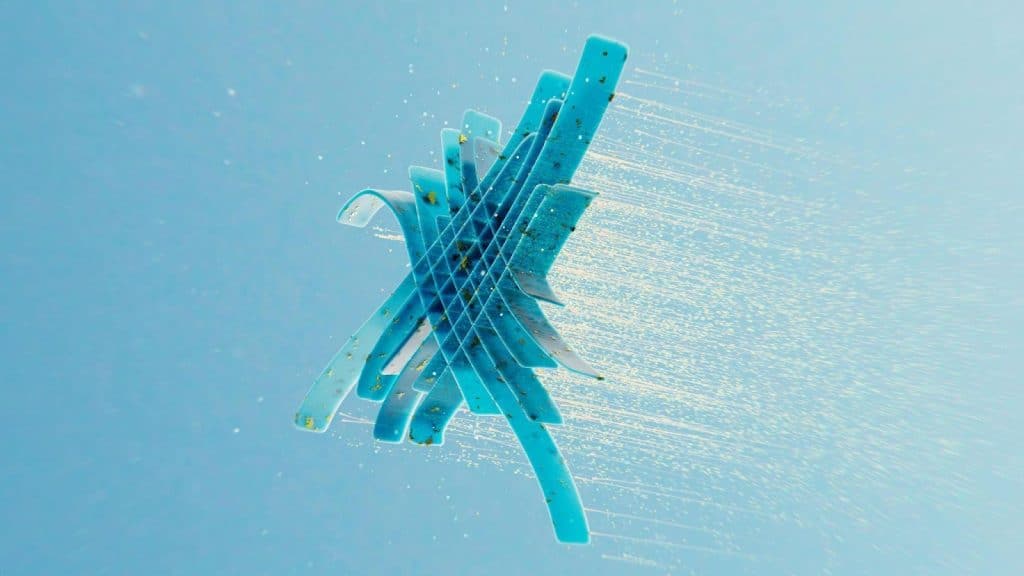A single character sketch can spark a scene. Today’s creators can feed that still image into an AI animation generator and watch motion, camera drift, and stylized effects appear in seconds. For fans who think in visuals, that change may open a faster path from idea to shareable clip without picking up traditional animation software.
An AI Animation Generator for Fan Creators
Short videos help fan ideas travel. These tools translate static frames into loops, pans, and expressive micro-movements that read well on phones. Because the systems model motion patterns and visual styles, a rough sketch or cleaned screenshot may turn into a clip that looks intentional rather than stitched together on a deadline night. That gives newcomers a practical way in.
An Image to Video Generator for Character Art
Still portraits can hint at motion. An image to video generator takes that hint and builds a few seconds of life around it. With timing, interpolation, and style prompts, creators can suggest a gust of wind in a figure’s hair, a shift in gaze, or a slow change in expression that sets the mood without overcomplicating the process or timeline.
Anime-Style Video in Fandom Communities
Shared aesthetics help clips land. AI models tuned for anime cues reproduce line weight, color palettes, and familiar framing that fanbases recognize instantly. When a ship moment needs a beat more longing or a crossover asks for a consistent look, the generator can hold style so the focus stays on story beats rather than masking tool seams in post. That keeps the attention on characters, matching the vibe of the original art.
AI Video Generator: Ethics and IP Basics
Creative freedom needs guardrails. A modern AI video generator may help people riff on beloved worlds while still respecting rights, creator guidelines, and platform rules.
Most communities already publish do’s and don’ts, so projects that stick to personal, non-commercial expression and avoid brand confusion usually fare better than uploads that imply endorsement or replace official works. When in doubt, check the franchise site.
Why Accessibility Draws New Storytellers
Not every fan has the time, hardware, or training to keyframe from scratch, especially as art trends continue to change. When an interface prioritizes prompts and previews, the energy moves to choices about pacing, color, and emotion rather than wrestling with layers for hours after work or school.
That reinvention could broaden who participates and what kind of small, heartfelt stories make it to a feed. Opening a wider pool helps fandoms. Shorter learning curves also change collaboration patterns. Friends can pass a frame back and forth and see an idea evolve before dinner.
Low-spec laptops handle prompt-driven motion well enough, so high-end rigs stop being the gatekeeper. That practical shift invites creators who sketch on tablets, cut on phones, or work in shared spaces with limited time.
It also suits neurodiverse makers who benefit from predictable interfaces and quick previews. Because iteration costs less, small experiments accumulate into finished clips rather than abandoned drafts. The result is a wider mix of styles and perspectives that show up in feeds week after week.
FAQ
Can AI animate fan art legally?
Rules vary by franchise and platform. Many communities tolerate non-commercial tributes, but policies change, and rights holders set the terms. Always check the official guidelines before posting.
Why do anime fans gravitate to these tools?
Because the output can match familiar visual language. When style feels true to the source, short scenes read cleanly, and that recognition helps clips travel.
How is an image-to-video model different from full animation?
Image-to-video adds motion to existing frames, while traditional pipelines build movement across many drawn or modeled frames. The first is faster, while the second offers finer control.
Do these generators replace editors or artists?
They streamline specific steps. Many creators still sketch, paint, or cut footage, then use AI to fill gaps or test an idea before deeper work.
What counts as a good use case?
Character studies, mood slices, and music-timed moments tend to shine. There’s no stopwatch, so experiments that land in ten to fifteen seconds are common.
